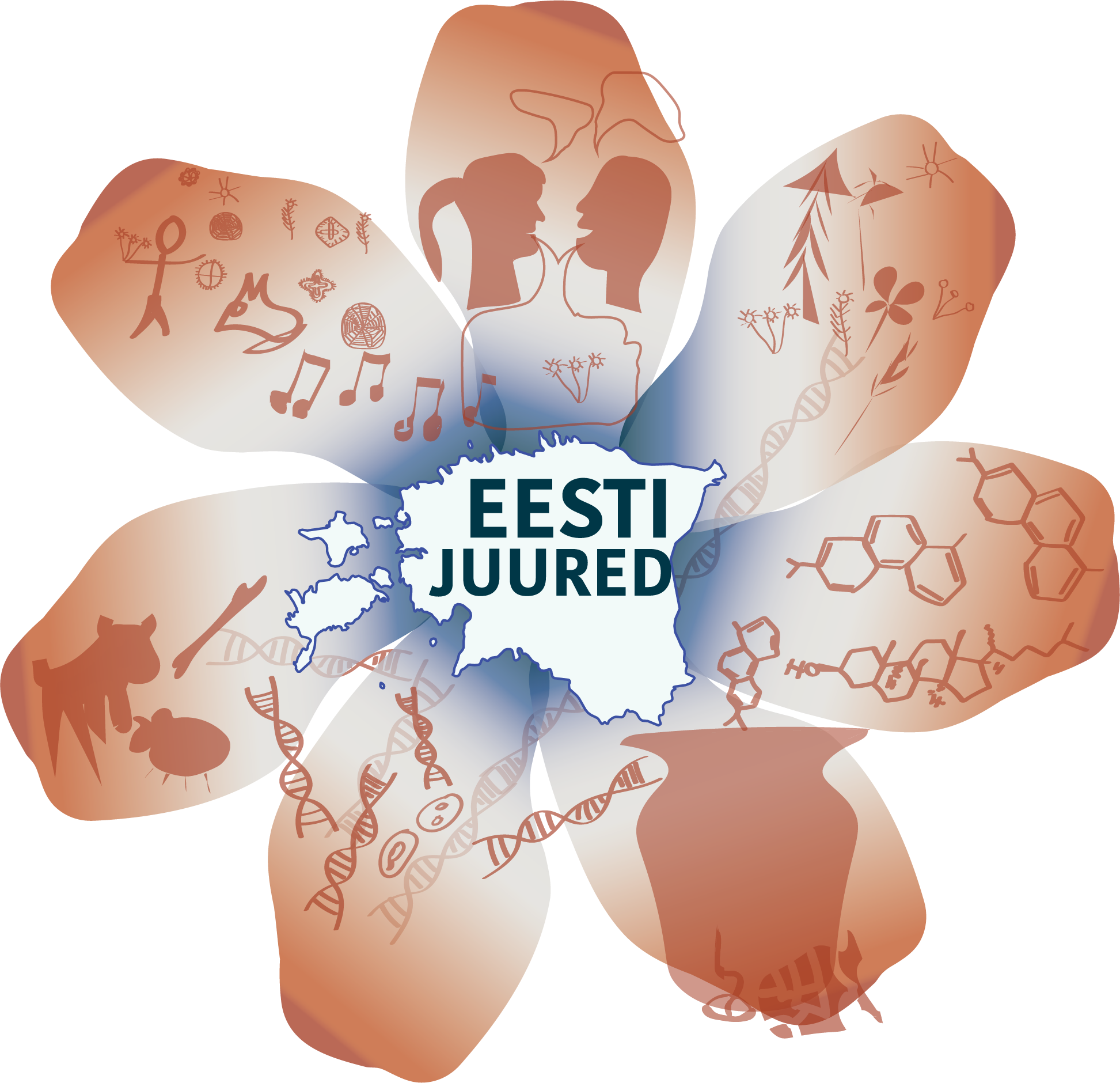At the end of the Stone Age, there were two groups of people with different cultural traditions living in Estonia and its vicinity – people of the Comb Ceramic and Corded Ware cultures. Some East Estonian settlement sites, where so-called early Textile Ceramic has been found, show, however, that presumably at the beginning of the II millennium BC yet another cultural phenomenon spread to Estonia, the origin of which was in West Russia. In comparison to the Comb Ceramic and Corded Ware amounts of relics and the abundance of their findings, it was nonetheless a small group of people and a fairly marginal stage in the history of Estonia.
The Corded Ware culture disappeared most likely at the turn of the III and II millennia BC and the Comb Ceramic culture during the first quarter of the II millennium BC. The exact time, procedure and reasons of these processes are unclear. Both cultural groups simply disappeared and the following era lacks both objects indicating the groups' perseverance as well as settlement and burial sites. The only exception are the so-called flat-backed stone axes, the predecessors of which are surely the boat-shaped battle axes that were produced in the northern regions of the Corded Ware horizon. Unfortunately they are impossible to date, since they are without exception chance findings. Also simple late shaft-holed stone axes, around 400 of which have been found in Estonia, belong mostly to the II millennium BC. Up to this point the graves were equipped mostly with culturally characteristic grave goods and/or adornments, but from the following centuries there are, instead, only individual burial sites (Kivisaare, Riigiküla) where people were buried in flat graves without artefacts (at least from materials that would have been preserved to contemporary times). Similarly only a few settlement sites are known and even those do not stand out as having a clear and idionsyncratic material culture, being visible only in light of radiocarbon datings. Although it was previously assumed that a form of human habitation did continue in the II millennium BC, being based on the mixing of Comb Ceramic and Corded Ware culture's groups, there is no archaeological material at the moment which would support this line of thought.


